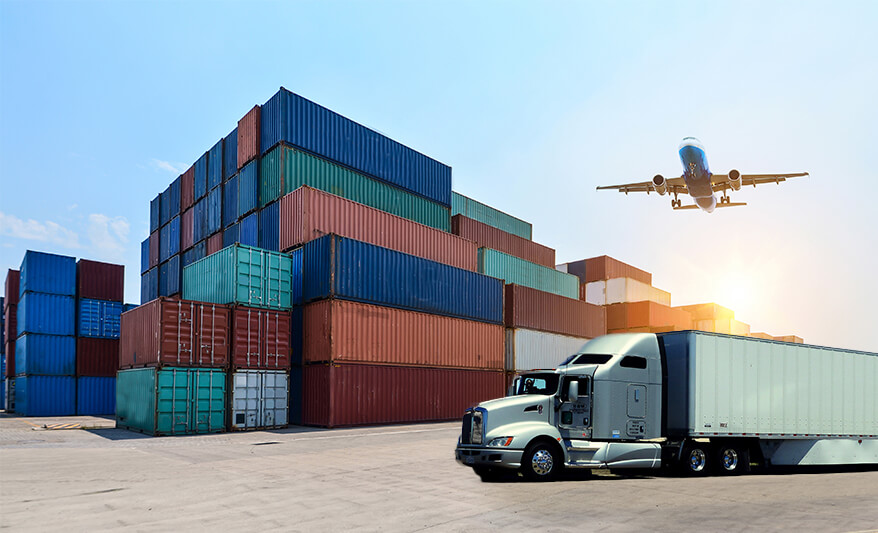
The transportation sector is undergoing a profound transformation, fueled by the rapid advancement of artificial intelligence (AI) and automation. What was once considered the realm of science fiction—self-driving cars, intelligent traffic control, predictive TMS System —is increasingly becoming a part of everyday life. As urbanization accelerates and demands on global transportation infrastructure grow more complex, AI and automation are not merely optional enhancements; they are essential tools for building more efficient, safe, and resilient transportation systems.
One of the most visible and talked-about applications of AI in transportation is autonomous vehicles. Self-driving cars, trucks, and buses are being developed with the goal of significantly reducing accidents caused by human error, which remains the leading cause of road fatalities worldwide. These vehicles use a combination of machine learning algorithms, computer vision, lidar, radar, and GPS to perceive their surroundings and make split-second decisions. Companies like Tesla, Waymo, and Cruise are at the forefront of this movement, already conducting real-world tests and limited deployments. Beyond personal cars, autonomous freight and logistics vehicles are poised to revolutionize supply chains by enabling 24/7 transport, optimizing fuel use, and minimizing delivery times—all while potentially lowering operational costs.
However, AI’s impact on transportation extends far beyond vehicles themselves. Entire transportation networks are becoming smarter through the use of AI-powered traffic management systems. Cities now utilize AI to analyze traffic patterns in real-time, dynamically adjust traffic signals, and predict congestion before it occurs. This not only improves traffic flow and reduces commute times but also contributes to lower emissions and improved air quality. In some cities, AI is integrated with public transit systems to adjust schedules and routes based on passenger demand, weather conditions, or disruptions, creating a more responsive and reliable commuting experience.
Automation is also transforming logistics and freight transportation. Warehouses are increasingly populated by robots that use AI to pick, pack, and sort goods with extraordinary speed and accuracy. In ports and distribution centers, automated cranes and guided vehicles streamline loading and unloading processes. These innovations are critical in an era where e-commerce has surged and supply chains are under immense pressure. AI systems are being used to forecast demand, plan optimal delivery routes, and even monitor vehicle conditions to perform predictive maintenance. By identifying potential issues before they lead to breakdowns, these systems reduce downtime, extend the life of vehicles, and enhance overall safety.
Public transportation stands to benefit immensely from AI and automation as well. Autonomous shuttles and driverless metro systems are already operational in several parts of the world, offering a glimpse of what future cities might look like. These systems can reduce human labor costs, increase reliability, and operate with a level of precision that enhances passenger safety. Additionally, AI is being deployed to improve accessibility for individuals with disabilities, with features like voice-assisted navigation, real-time crowd monitoring, and intelligent elevator coordination within transport hubs.
Yet, as with any technological leap, the integration of AI and automation in transportation is not without challenges. Issues related to data privacy, cybersecurity, regulatory frameworks, and ethical considerations must be addressed. For instance, how should an autonomous vehicle prioritize decisions in accident scenarios? Who is liable in the event of a malfunction? How do we ensure that automation does not disproportionately eliminate jobs without providing adequate retraining pathways? These questions highlight the importance of coupling technological innovation with thoughtful policy-making and societal dialogue.
Moreover, there is a growing need to ensure that the benefits of AI in transportation are distributed equitably. Not all communities have equal access to the infrastructure or investment required to deploy smart transportation systems. Bridging this digital divide is essential if we are to create truly inclusive transportation networks. Policymakers, industry leaders, and civic organizations must work together to ensure that these technologies enhance mobility for all, rather than widen existing gaps.
In conclusion, AI and automation are reshaping transportation systems in ways that were unimaginable just a decade ago. From driverless vehicles to intelligent traffic control and automated logistics, the transportation landscape is becoming more intelligent, efficient, and responsive. While the journey toward full integration is still ongoing, one thing is certain: the future of transportation will be increasingly defined by our ability to harness AI not just for innovation, but for creating systems that are safer, more sustainable, and more accessible for everyone.
